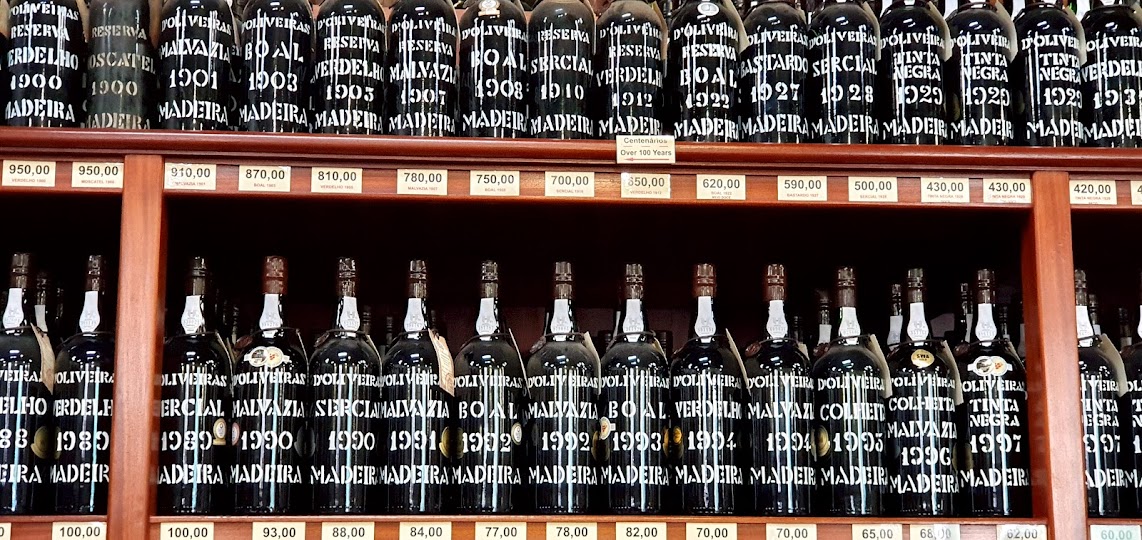 |
| Masterclass on wines from Abruzzo |
Peter began by highlighting how Abruzzo is a land that suited to viticulture, and experienced a qualitative jump ahead in recent years. More focus now on local varieties after some attempts at introducing international grapes. There are 2 main production areas: inland mountains and coastal. Lots of parks in Abruzzo some 30% of land, great for the environment but it takes land away from viticulture. Until the renaissance vines were mostly found in the Peligna Valley but now whole region.
Some 34,000 hectares of vineyard keep about 250 producers busy making wine, two thirds of which is now exported. The Consorzio was founded in 2002 and it now counts 200 members. Chieti is the main winemaking province in Abruzzo, followed by Pescara. Most vineyards use the pergola training to protect the berries from the scorching sun, some cordon.
Montepulciano d'Abruzzo requires 90% Montepulciano grapes and max 10% sangiovese is allowed, it is a tradition that goes back to the 1600s.
Pecorino was almost extinct back in the 90s, it has now enjoyed a great revival for its intense bouquet. After sangiovese montepulciano is the 2nd most planted variety in Italy. Pair with hearty pasta arrosticini, "If it grows together it goes together" as Peter pointed out...
The masterclass was flanked by a guided pairing led by UKSA Course Director Federica Zanghirella who illuminated those of us lucky enough to attend on the tricky pairing of Abruzzo wines with salami, which is difficult because salami is fat (requires acidity) and salty (but salt does not pair well at all with salt). So it is essential to find the right balance in the wine. (Not much we sommelier can do about the salami!)
Tasting notes from the masterclass:
1. I Fauri
Pecorino
A savory wine.
Score 88
2. Fonte fico
3. Ficcanaso Rabottini
Trebbiano
Score 89
4.Masciarelli trebbiano
See above
Score 93
5. Bossanova
Lower tannins, light color typical of this grape.
Fresh, could drink slightly chilled
Could go well with non-spicy Asian food
Score 89
6. Barone Cornacchia
Montepulciano
Smooth perfect balance
Score 89
7.Faraone
Montepulciano
Deep Ruby red. Spicy full bodied
Fruit concentrated maybe a little jammy
Score 85
8. Nicodemi
Moderate intensity
Smooth long
A bit jammy
Score 87
Tasting notes from selected producers I met in my walkaround
Trebbiano base
Fruits, balance, mod complex
Score 88
Anima
30yo vines
Complex and smooth
Score 92
Pecorino
Round mod long
88
Altare trebbiano
Good body, fresh, intense
Score 90
Cerasuolo rosé
Fresh citrussy
85
Montepulciano base
Steel and some used barrique
Fruity a bit on the rough side
83
Incanto
Montepulciano
Acciaio and 1 yr bottle
Mod complex and long
Might benefit from bottle aging
Score 87
Inferi
Barrique nuova
Intense complex and long
Still needs more time
92
Masciarelli
Intense mod complex and long
88
Blend pecorino trebbiano cococciola
Intense complex full bodied
93
Trebbiano
45yo vines
Complex nutty flavors and good bite some grip fragrance, complex and long
93
Montepulciano di base
Round, velvety
mod complex long
89
Marina cvetic 2020
Long complex majestic
Cd benefit from longer aging
92
Pecorino
SMOOTH balanced waxy
88
Montepulciano glou glou
Easy does it, fresh suggested to drink chilled
85
Cocca di casa
Montepulciano
Natural fermentation
Then split wood cement and steel and then mix again
Fresh, intense, very long
A little more bottle aging
Score 86
Nicodemi
LE MURATE Trebbiano
Immensely aromatic
Smooth long
Pecorino
Aromatic smooth long
88
Rose
Montepulciano
Few hours of skin contact
Again aromatic, smooth and ling
89



